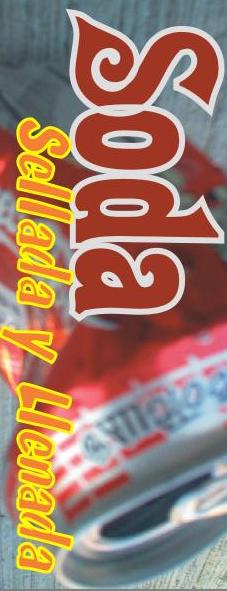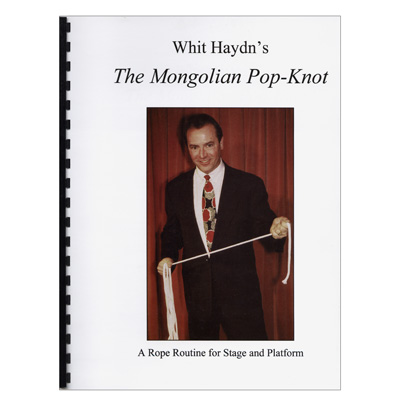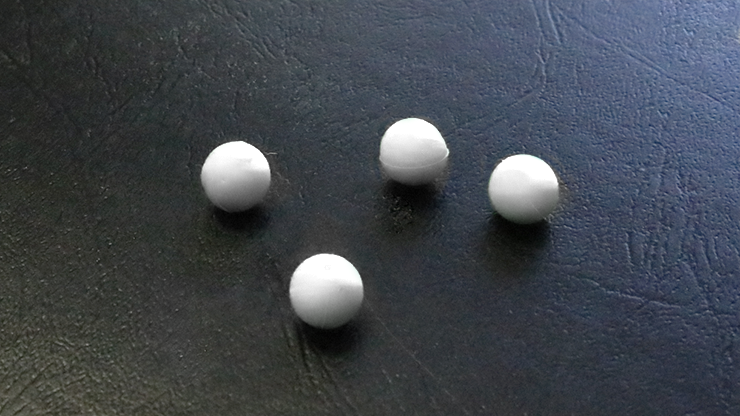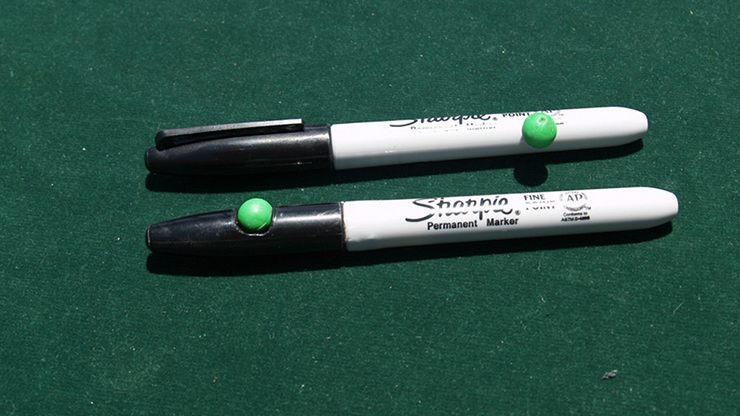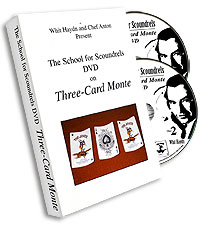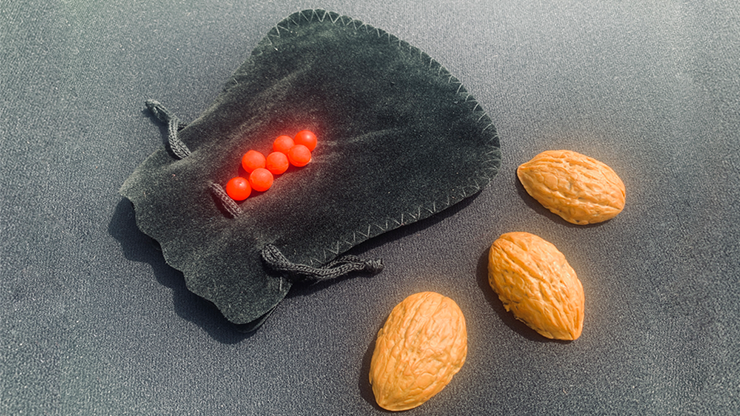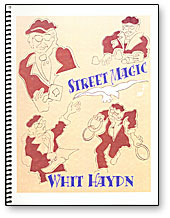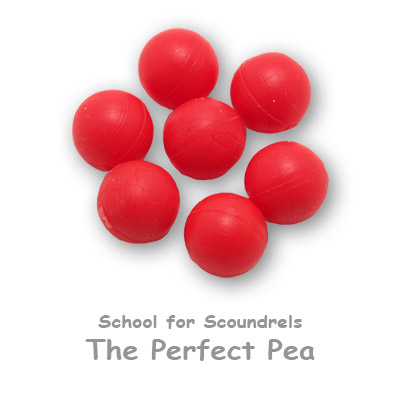Effect
Whit Haydn`s comedy cut and restored rope routine, The Mongolian Pop-Knot, was developed on the street corners of NewYork in the late 1960`s. Like his famous comedy routine with the linking rings, this routine of Whit`s has become a standard. The routine flows from section to section, with each new part of the routine justified perfectly by the patter line. The magician purports to teach the audience how to cut and restore a rope using the secret knot magicians have known about for hundreds of years--The Mongolian Pop-Knot. The more the magician tries to explain the more mystifying everything becomes. The rope is cut in two and then tied together with the secret knot--the knot then pops off the rope into the audience. The rope is then cut into three even-length pieces. These fall apart into three different lengths and are magically stretched back into three ropes the same length. These three are tied together, and then the two knots are popped off and thrown into the audience, and the rope is displayed whole once again.Every move is worked out so that the routine seems natural, effortless and magical. The three knots are tossed into the audience for souvenirs. The book explains the patter, presentation, and psychology of the routine, and uses many photos to clearly explain each move.This routine is a regular part of Whit`s professional performances at trade and industrial shows, as well as on stage in nightclubs, theaters and cruise ships. It plays big and packs small, and it fools the smart ones really, really bad. Whit has performed this routine for as many as eight thousand people when opening for Conway Twitty and Loretta Lynn. It will play on the biggest stage, yet can be performed close-up and surrounded. The patter makes sense, is very funny, and it is easy to present. It is designed to hold the attention of the most difficult and distracted crowds--the audiences that a street performer has to face daily.This routine and Whit`s Comedy 4 Ring Routine are the backbone of the act which has won him two awards at the Magic Castle. If you are primarily a close-up worker who is looking for practical magic to use in the difficult standup situations that sometimes crop up when you are working in the real world, you can not do any better than these two routines.








